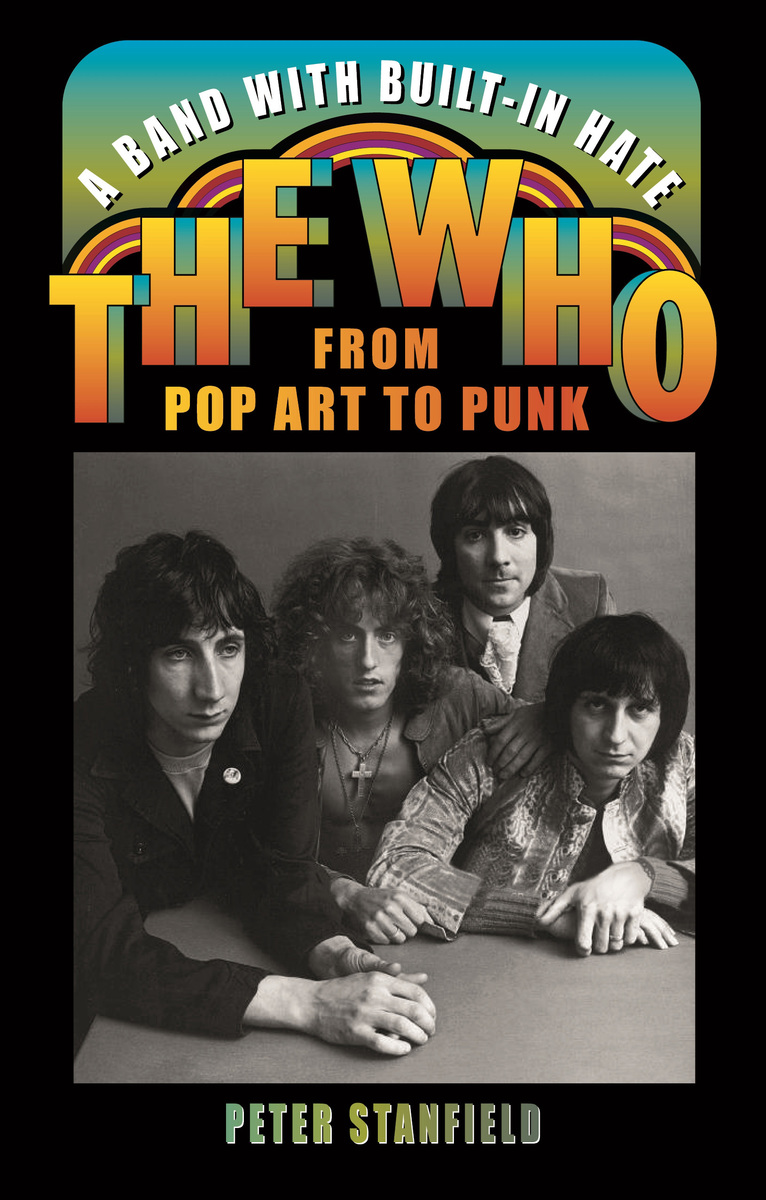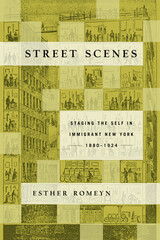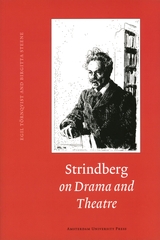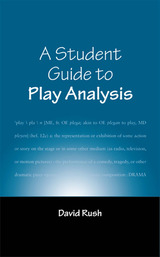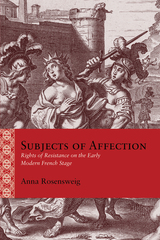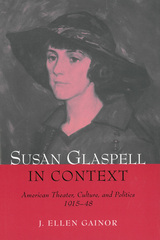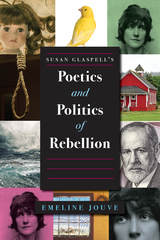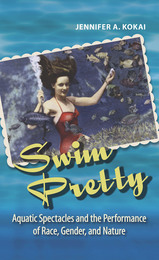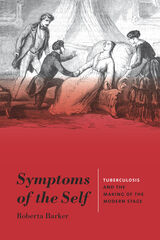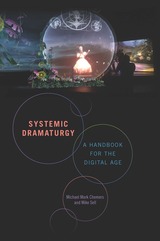A Band with Built-In Hate: The Who from Pop Art to Punk
Reaktion Books, 2022
Paper: 978-1-78914-646-2 | Cloth: 978-1-78914-277-8 | eISBN: 978-1-78914-278-5
See other books on: Band | Hate | Punk | Rock | Stanfield, Peter
See other titles from Reaktion Books
Paper: 978-1-78914-646-2 | Cloth: 978-1-78914-277-8 | eISBN: 978-1-78914-278-5
ABOUT THIS BOOK | AUTHOR BIOGRAPHY | REVIEWS | TOC | REQUEST ACCESSIBLE FILE
ABOUT THIS BOOK
Exploring the explosion of the Who onto the international music scene, this heavily illustrated book looks at this furious band as an embodiment of pop art.
“Ours is music with built-in hatred,” said Pete Townshend. A Band with Built-In Hate pictures the Who from their inception as the Detours in the mid-sixties to the late-seventies, post-Quadrophenia. It is a story of ambition and anger, glamor and grime, viewed through the prism of pop art and the radical leveling of high and low culture that it brought about—a drama that was aggressively performed by the band. Peter Stanfield lays down a path through the British pop revolution, its attitude, and style, as it was uniquely embodied by the Who: first, under the mentorship of arch-mod Peter Meaden, as they learned their trade in the pubs and halls of suburban London; and then with Kit Lambert and Chris Stamp, two aspiring filmmakers, at the very center of things in Soho. Guided by contemporary commentators—among them, George Melly, Lawrence Alloway, and most conspicuously Nik Cohn—Stanfield describes a band driven by belligerence and delves into what happened when Townshend, Daltrey, Moon, and Entwistle moved from back-room stages to international arenas, from explosive 45s to expansive concept albums. Above all, he tells of how the Who confronted their lost youth as it was echoed in punk.
“Ours is music with built-in hatred,” said Pete Townshend. A Band with Built-In Hate pictures the Who from their inception as the Detours in the mid-sixties to the late-seventies, post-Quadrophenia. It is a story of ambition and anger, glamor and grime, viewed through the prism of pop art and the radical leveling of high and low culture that it brought about—a drama that was aggressively performed by the band. Peter Stanfield lays down a path through the British pop revolution, its attitude, and style, as it was uniquely embodied by the Who: first, under the mentorship of arch-mod Peter Meaden, as they learned their trade in the pubs and halls of suburban London; and then with Kit Lambert and Chris Stamp, two aspiring filmmakers, at the very center of things in Soho. Guided by contemporary commentators—among them, George Melly, Lawrence Alloway, and most conspicuously Nik Cohn—Stanfield describes a band driven by belligerence and delves into what happened when Townshend, Daltrey, Moon, and Entwistle moved from back-room stages to international arenas, from explosive 45s to expansive concept albums. Above all, he tells of how the Who confronted their lost youth as it was echoed in punk.
See other books on: Band | Hate | Punk | Rock | Stanfield, Peter
See other titles from Reaktion Books
